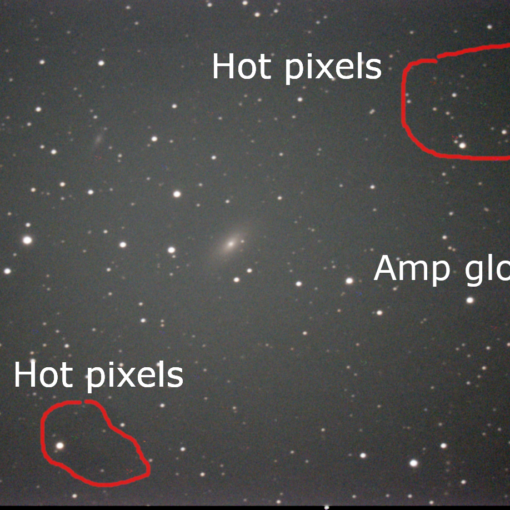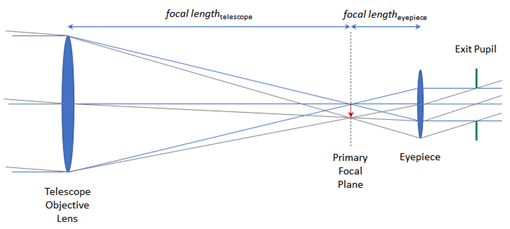For astrophotography of deep space objects like galaxies and nebulae, I would say little is to be gained from better than 2 arc-sec per pixel. Even at 2 arc seconds other factors play a significant role in useful resolution. How stable are your skies? What size aperture is your scope. How good is your mount over the integration period? How good is your alignment? 2 arc seconds is a rule of thumb. It is doubtful that around Syracuse that the sky is better than 2 arc-sec and you can’t correct for it – without adaptive optics. A 4″ aperture scope […]
Monthly Archives: November 2021
2 posts
About a year ago, I wondered what magnification I was getting with my astrophotography set up. The best answer came from an article on Cloudy Nights. That article said that there really isn’t any answer to the question of magnification in photographs, but you might approximate the magnification by considering your eye as the eyepiece at the main focal plane of your telescope. The human eye has a focal length of 22 mm, so the magnification your eye would see can be calculated by dividing the focal length of the telescope in millimeters by 22 millimeters. Using that algorithm gave […]


